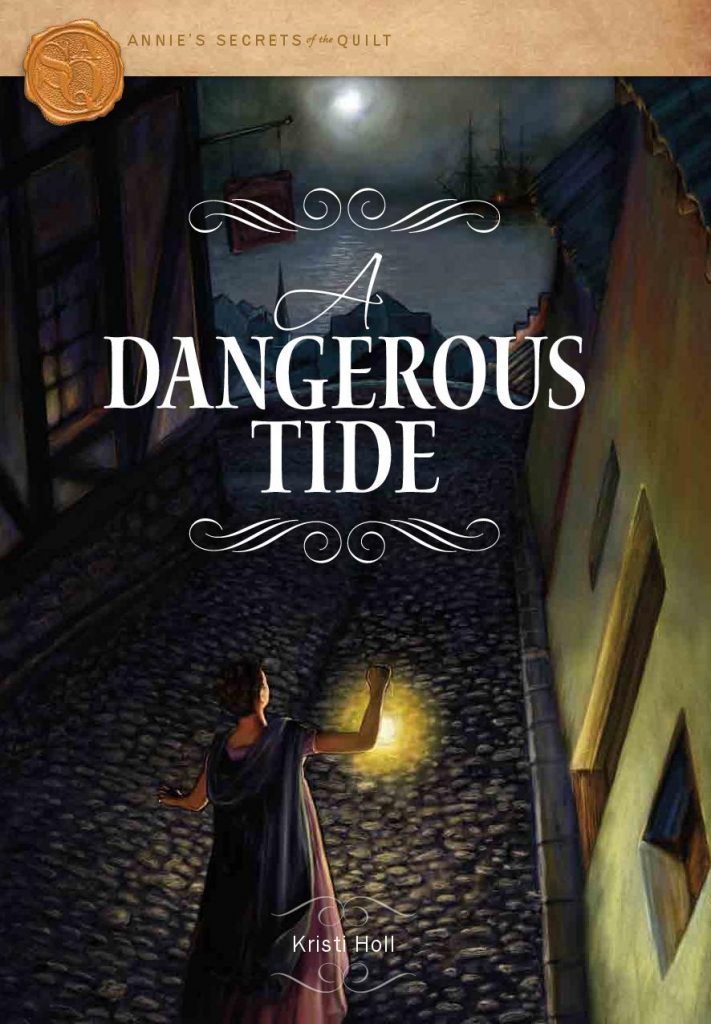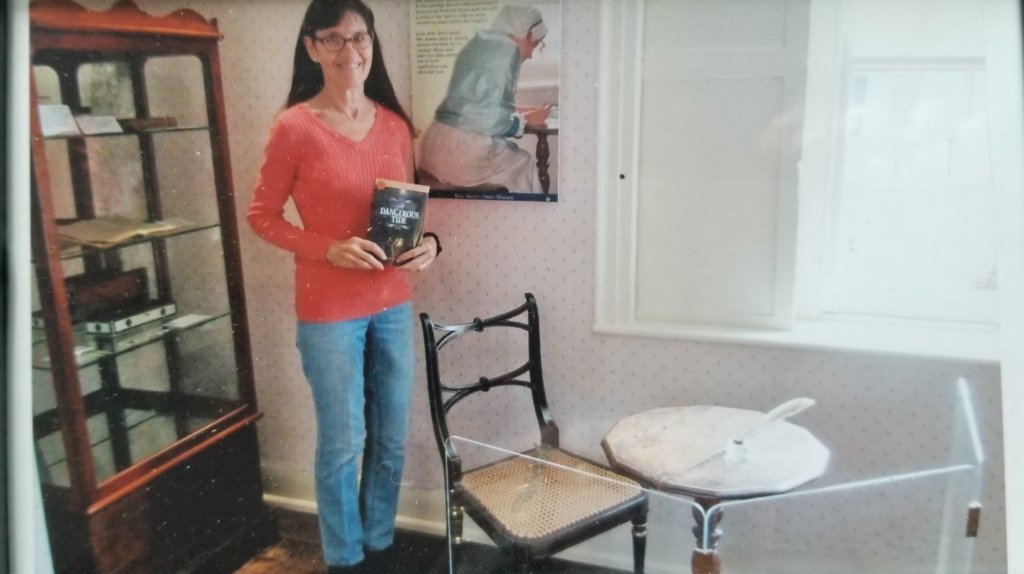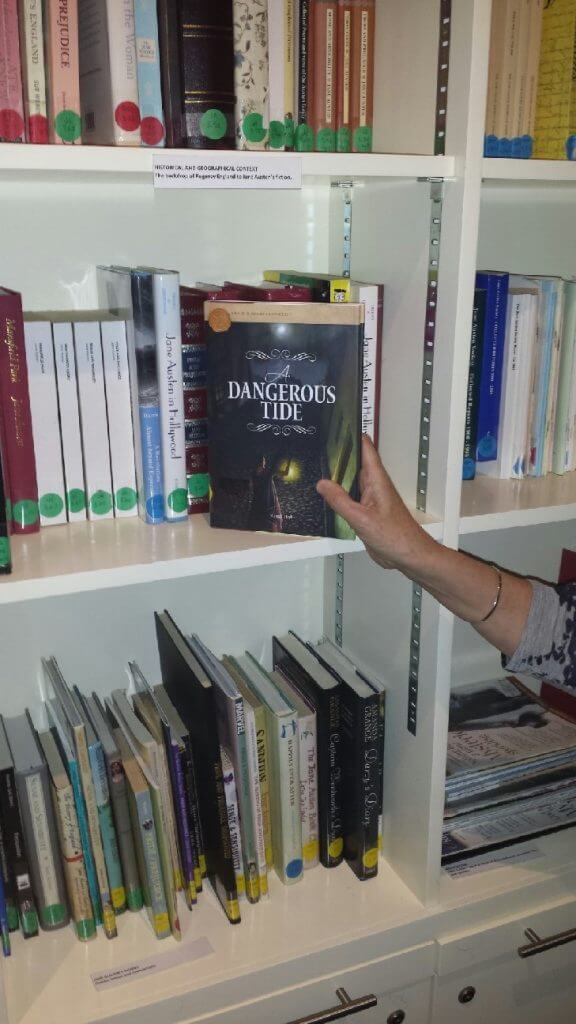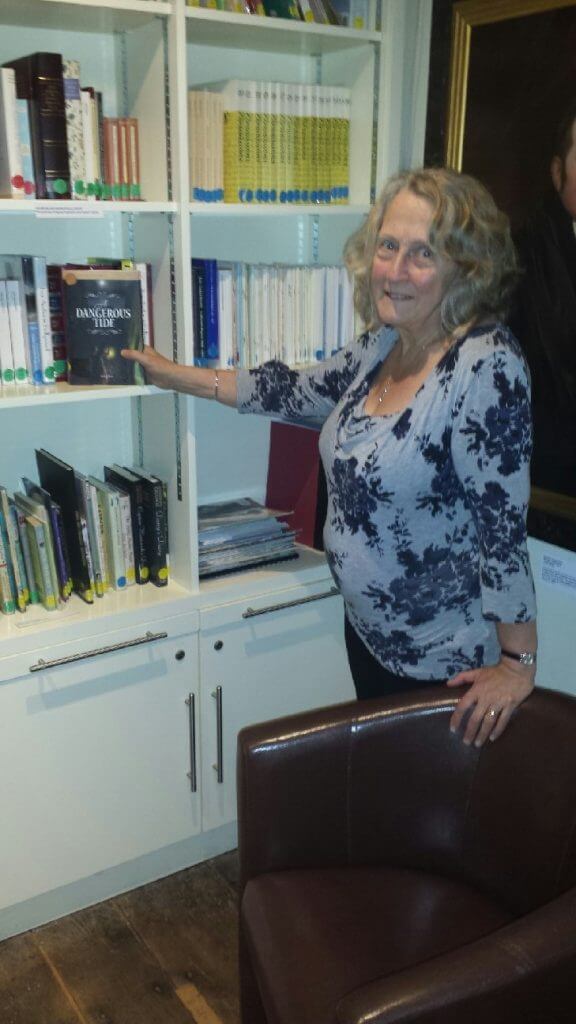 Published three years ago today…and I still need it today! Enjoy the reminder.~~~
Published three years ago today…and I still need it today! Enjoy the reminder.~~~
Writers require “head space” in which nothing else is happening. You must have some mental space that is yours and yours alone in order to create and write.
“It takes quite a bit of energy on your part–a real effort–to maintain that space,” says Heather Sellers in Chapter after Chapter: Discover the dedication & focus you need to write the book of your dreams. “You have to put a wall around a part of yourself and protect it from the world of Needs and Stuff and Functions.”
Where’s the Energy Go?
If you still suffer from the common Being Everything to Everybody Syndrome, you very likely have little head space to call your own. Writers can’t do that all day, every day, and still have enough energy left for writing. Your head space is too full of other people.
One big energy drain comes from greasing the wheels of social interactions. Many of us have this habit, and it is a hard one to break. Some of us “grease the wheels” all day–at home or at work, with our family or friends, even with total strangers.
How do we do this? We see unhappy or uncomfortable people, and we rush in to fix their feelings and smooth their ruffled feathers and raise their self-esteem. We see troubled people and offer all the self-help therapy we can think of, then take them out for lunch. At social gatherings where no one is making any effort to converse, we turn somersaults trying to make people open up and connect.
Head Space: the Solution
We mean well. We can’t stand the discomfort of other people, and we rush in to fix it. Or we hate to have someone mad at us, so we rush in to fix it–even when the other person brought on the problem or bad mood him/herself.
Let’s face it. Most of our unasked-for advice isn’t appreciated. Sometimes it’s resented. And I don’t know about your track record, but 90% of the advice I so helpfully “offer” to others is never followed. It frustrates me, but it’s my own fault since they didn’t ask for my input in the first place.
It’s also a colossal waste of time and energy. And that’s what we’re trying to conserve here: YOUR energy. All this fixing takes place in the psychic head space we need for our writing.
Break Free!
Being able to focus on your writing means learning first to take your eyes off everyone else–and letting other perfectly capable adults figure out their own lives. Only then will you have the quiet space inside your head in which to mull over your writing and let it take shape.
Experiment with this idea over the course of the next several weeks. Each time you are listening to someone’s problems, just be a caring listener and bite your tongue unless you are specifically asked for advice. In a dead-end conversation, be polite and pleasant and say a few things, but don’t invest all your energy in this nonverbal bump on a log. (And if you don’t think you have the right to do this–or the ability–see “Boundaries for Writers.”)
One more warning from Heather Sellers : “We spend so much of our time Being Everything to Everyone, why on earth are we surprised when we have nothing left but the swamp of procrastination to stew in?” You’re probably not procrastinating–she says–you’re exhausted. “Save part of yourself. You must hold yourself back. For the book. Practice giving a little less of yourself to Everyone and Everything (yes, you can!).”
procrastinating–she says–you’re exhausted. “Save part of yourself. You must hold yourself back. For the book. Practice giving a little less of yourself to Everyone and Everything (yes, you can!).”






 I read the email several times before it sank in. My novel featuring my all-time favorite author, Jane Austen, is sitting on a shelf in Jane’s house in England, just down the short hallway from the dining room where Jane sat at her tiny, twelve-sided table and
I read the email several times before it sank in. My novel featuring my all-time favorite author, Jane Austen, is sitting on a shelf in Jane’s house in England, just down the short hallway from the dining room where Jane sat at her tiny, twelve-sided table and 
















